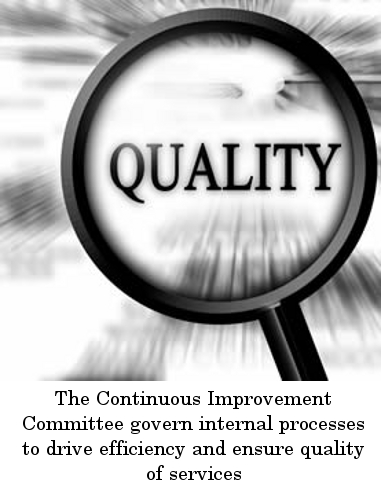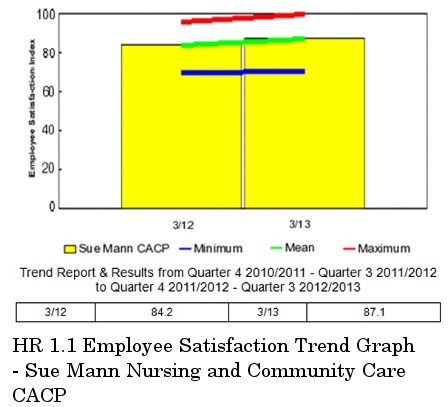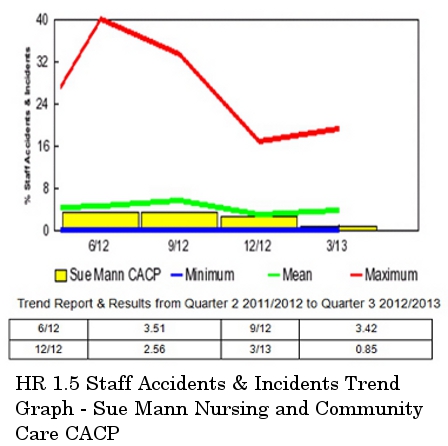Sue Mann using Community Care Benchmarking for Strategic Planning
Sue Mann using Community Care Benchmarking for Strategic Planning
Sue Mann Nursing and Community Care (SMNCC) is a family-owned and operated business that has been servicing the Central Coast and Lower Hunter region of NSW since 1984 providing a wide range of home nursing and community care services to over 1,500 clients. SMNCC delivers low level HACC programs, the DVA Nursing and VHC program, DoHA packages including CACP, EACH and EACH-D and the Transitional program. SMNCC is one of the largest local employers in the region with approximately 120 staff and 30 FTE contractor personnel.SMNCC has built robust internal processes to drive efficiency and ensure quality of services which are certified to the ISO9001 standard and are governed by a Continuous Improvement Committee which is responsible for high-level decision making, strategic planning and quality assurance. The need to benchmark our performance to the industry for both internal and external reporting purposes led SMNCC to investigate ways of comparing ourselves against others in the community care industry. In response to this identified need, SMNCC signed up with QPS 2 years ago.
The majority of the information required for QPS submissions is already collected and stored in SMNCC's systems. Creating the reports to extract this data in a format ready for inputting was a relatively simple matter as SMNCC develops and maintains all of its client and billing systems in-house. The Business Analyst is responsible for coordinating the various managers each quarter and reviewing the data prior to submission to identify any potential issues with the data. The Continuous Improvement Committee also reviews each additional QPS survey or audit required for each quarter to determine its relevance to the organisation. This ensures that we only benchmark against measures that are relevant to the way SMNCC does business and also keeps invalid data out of the QPS system.

Once the data has been submitted and the results returned, the Business Analyst reviews all results and puts them into context via an audit summary for the relevant recipients. Where issues are identified, the results are submitted to the Continuous Improvement Committee for discussion.
The QPS Benchmarking results form part of the strategic planning and management system which is based around the Balanced Scorecard Framework (BSC). This drives the business towards the organisation's strategic vision and defined destination statement.
The latest QPS Benchmarking results demonstrate improvements in both employee satisfaction and staff accidents. The sustained high employee satisfaction levels can be attributed to the SMNCC employee engagement sessions which are run on an ongoing basis. Members from the office conduct field team meetings where feedback is provided of the action taken in regards to the suggestions and concerns raised by employees. This promotes and encourages participation and ownership of the feedback process and allows for open communication throughout the organisation. These meetings also assist in gathering further suggestions and concerns that may be common through the region to identify any systemic issues.

An improvement in employee satisfaction is noted from 2012 to 2013 with high satisfaction levels sustained.
The number of staff accidents occurring has declined over a 12 month period. This can be attributed to a focus on providing education to staff to ensure correct techniques are being practiced. A new feedback system has recently been implemented which will allow SMNCC to better track and monitor staff accidents and staff feedback and concerns. This information will be used for strategic planning and will drive further improvements.

A downward trend can be seen in staff accidents over the past four quarters, with a significant decline noted from December 2012 - March 2013.
0 comments